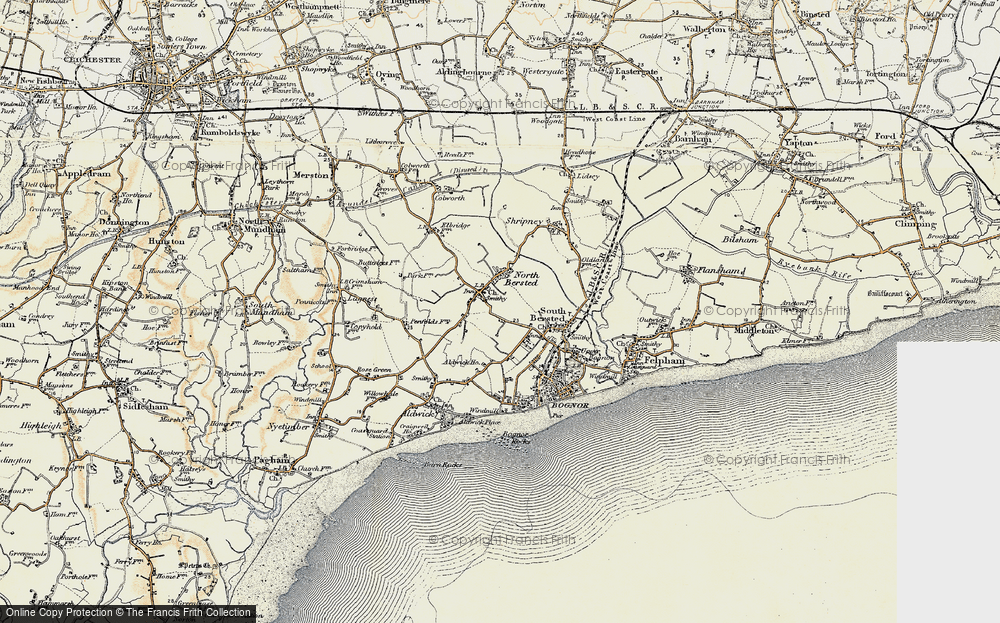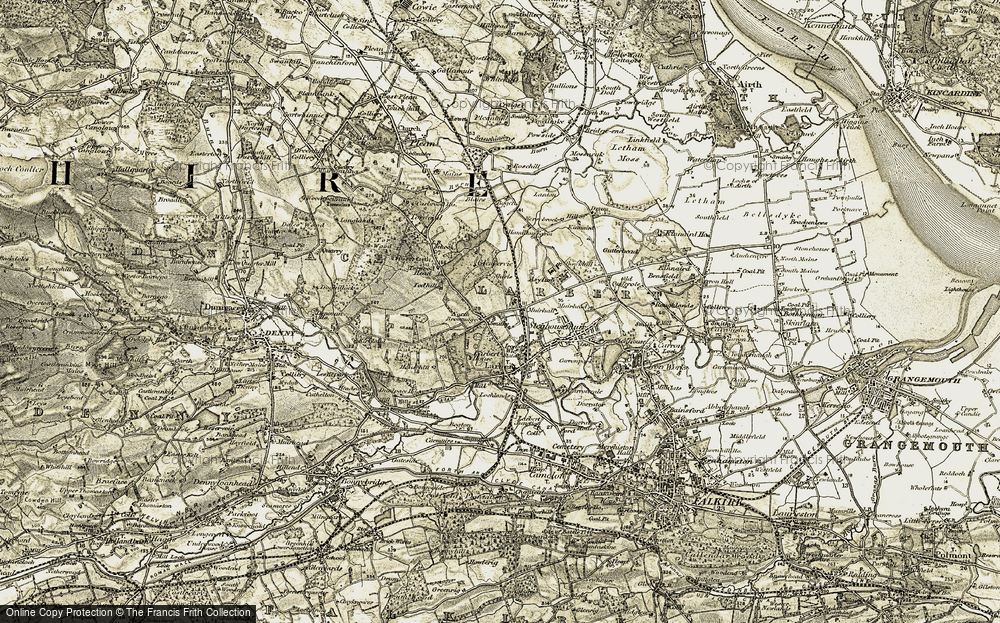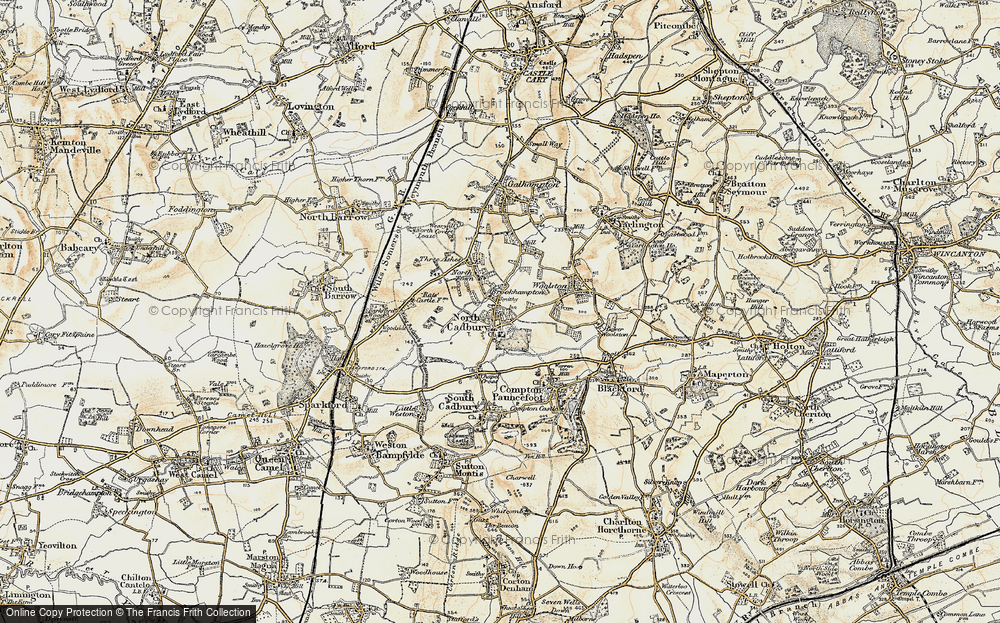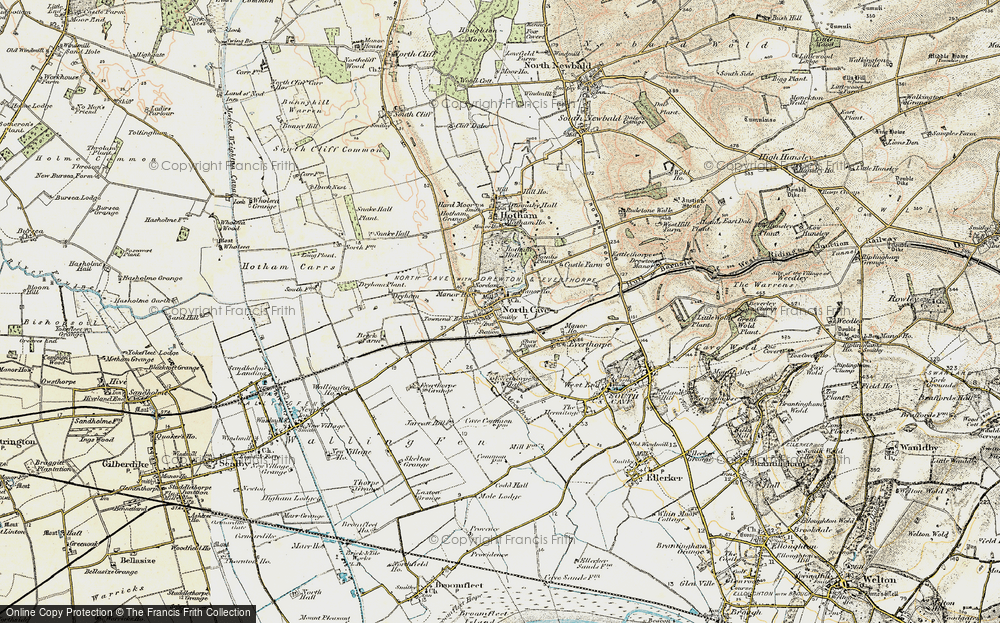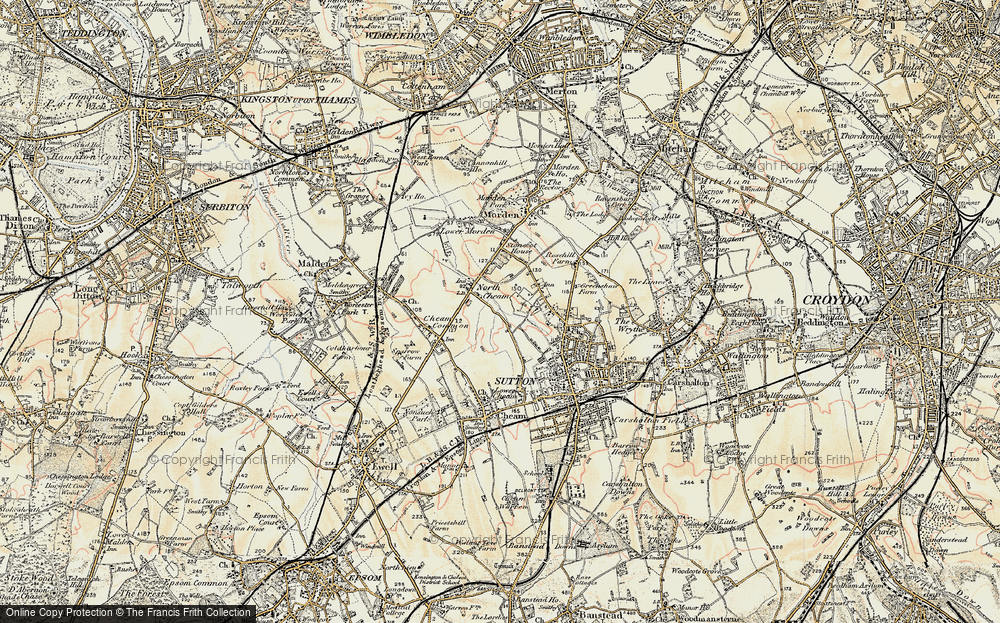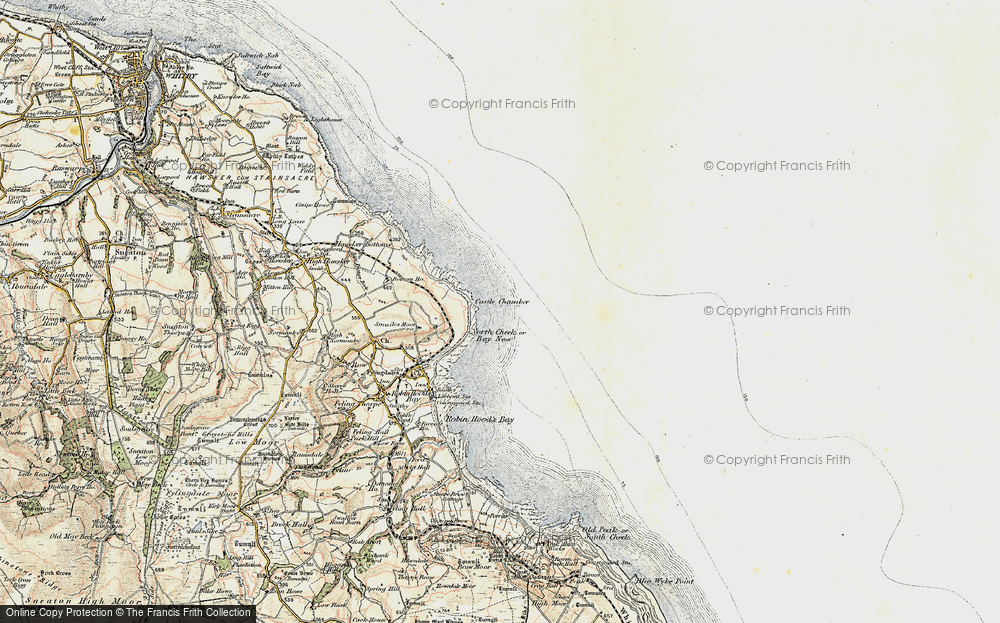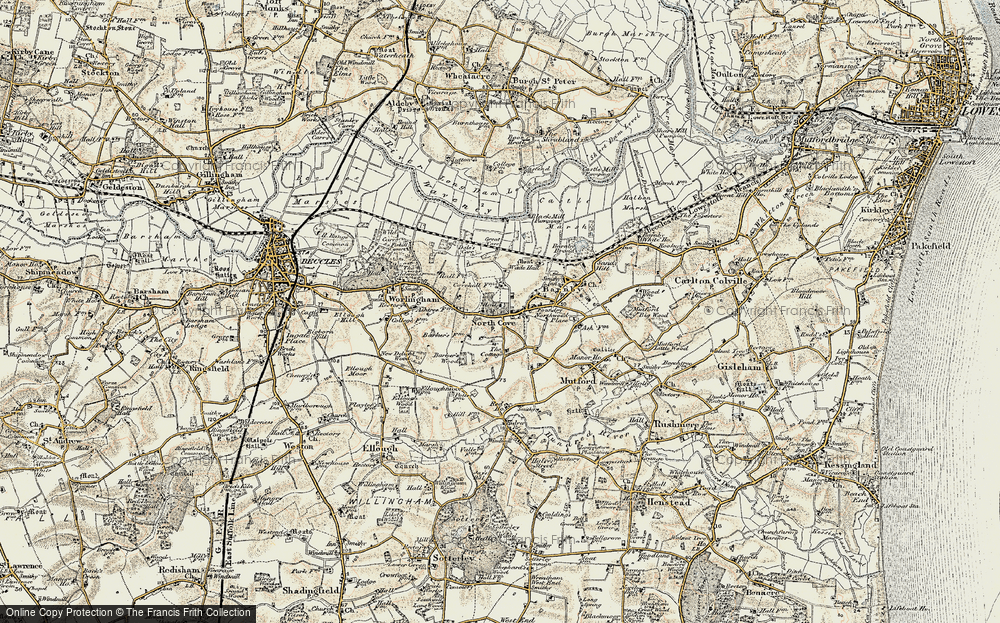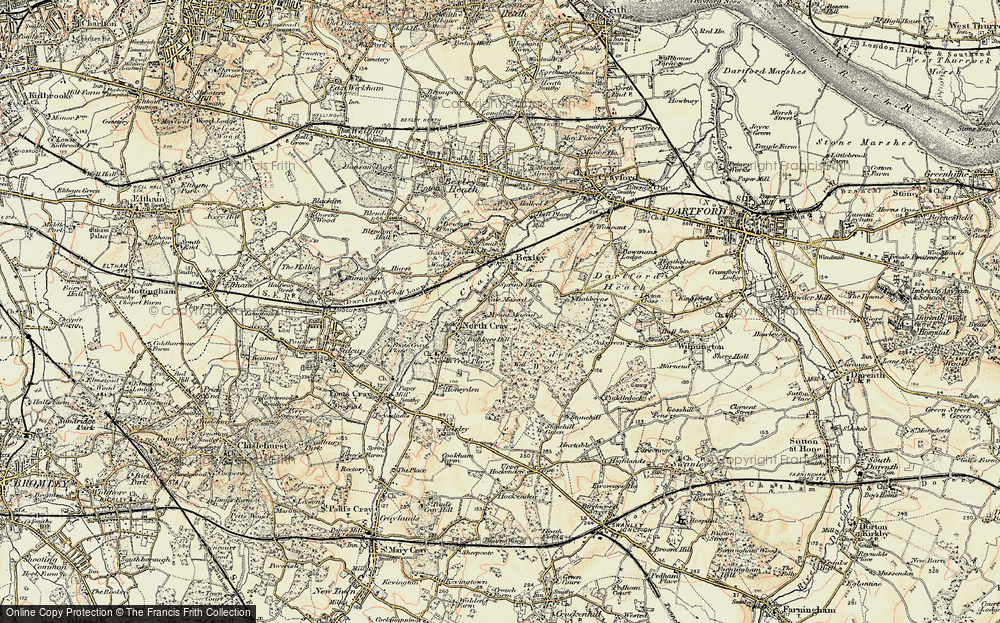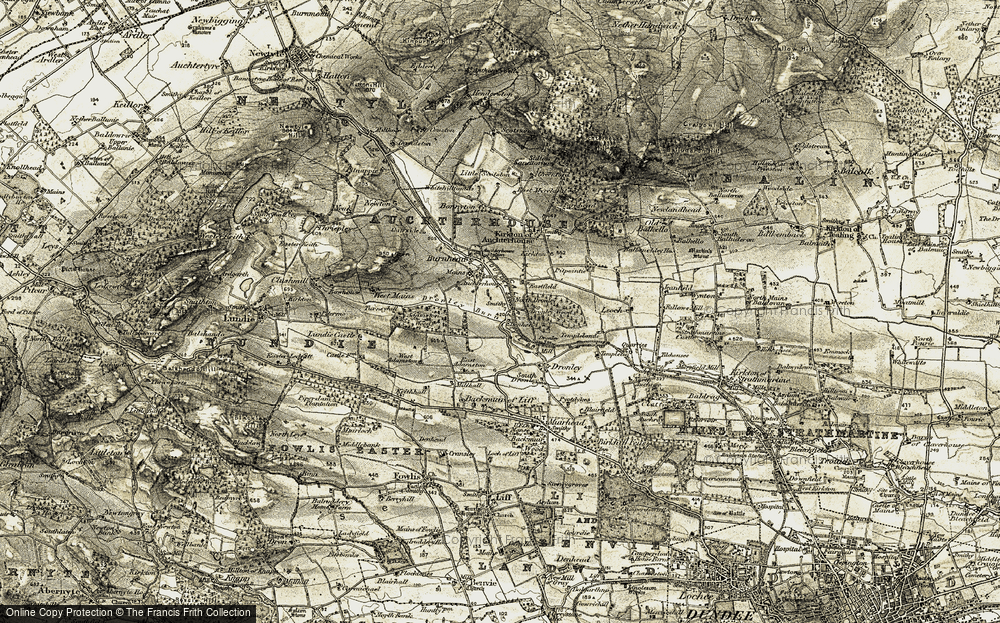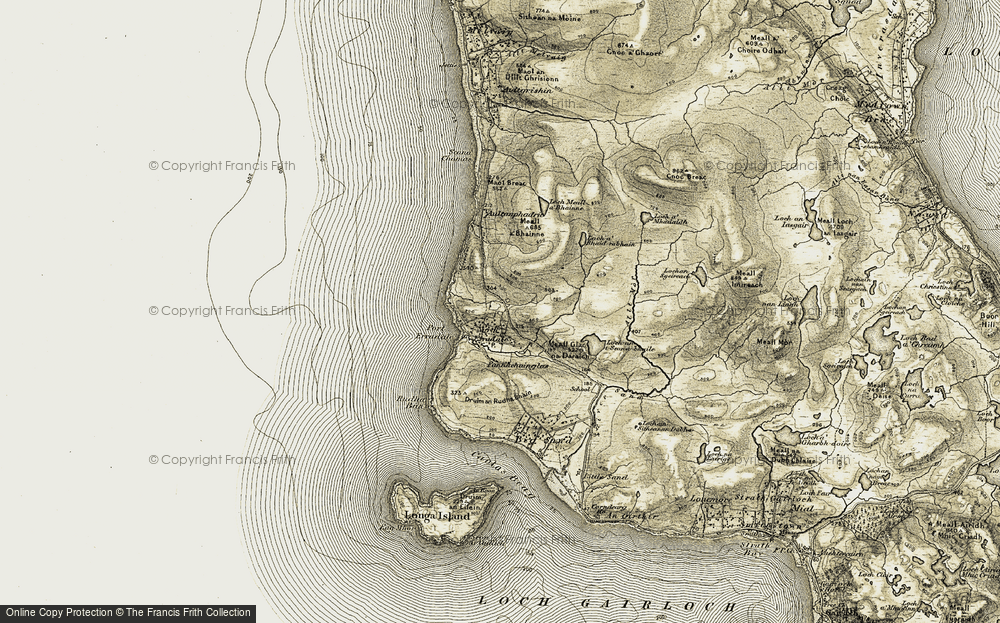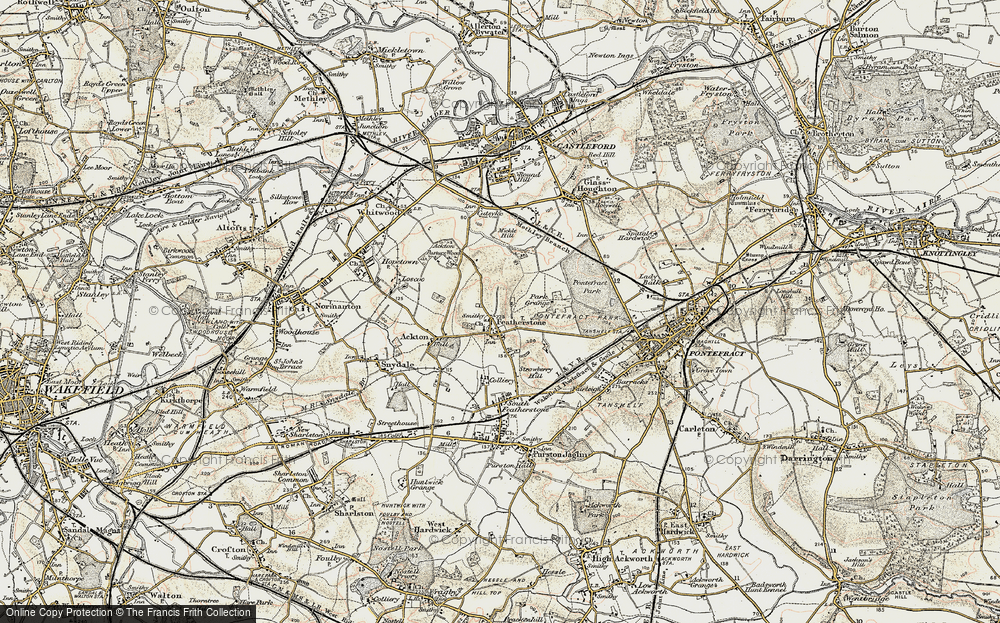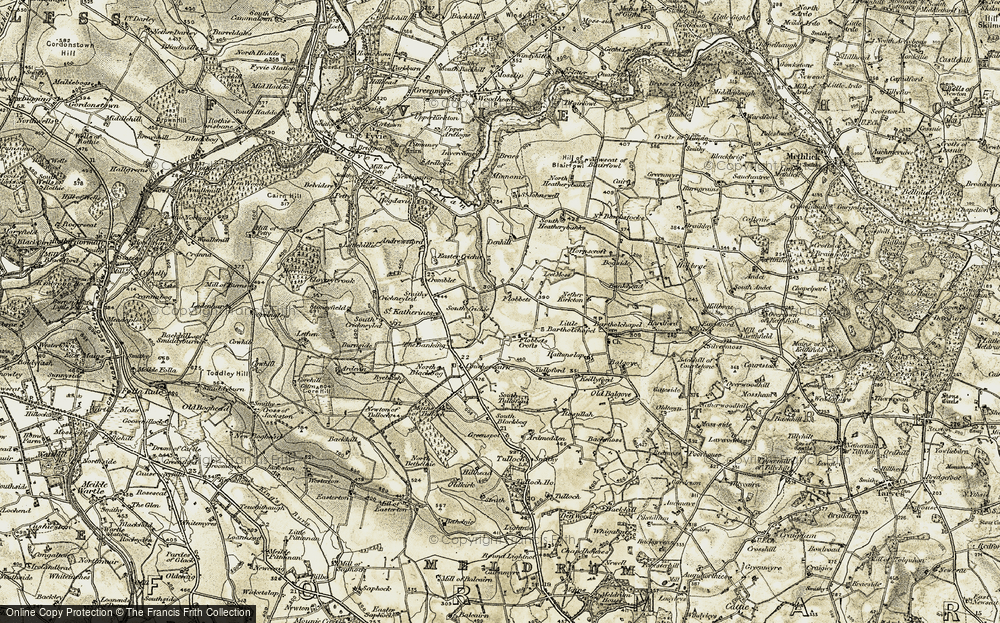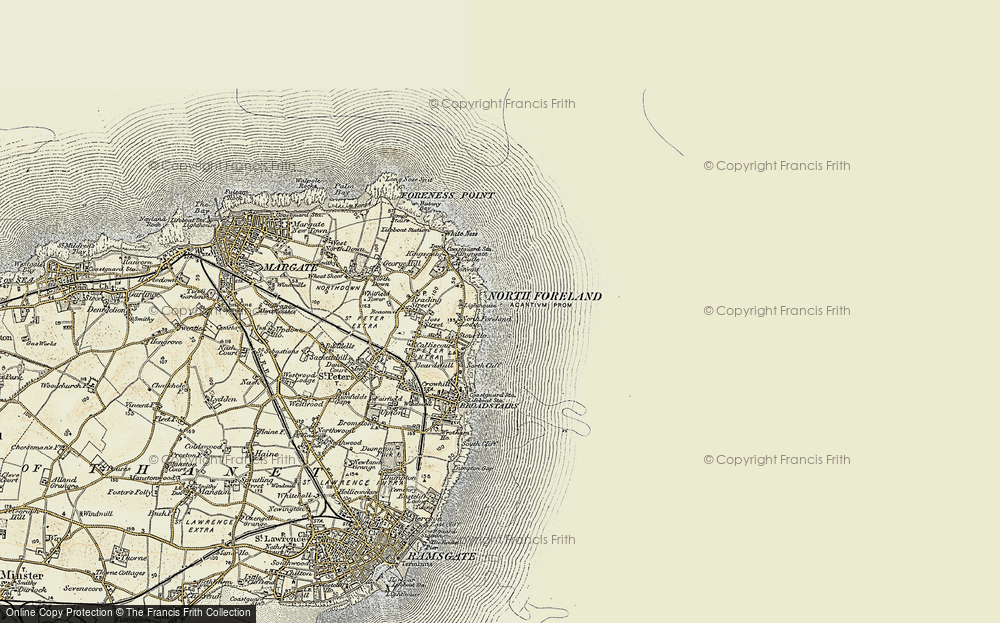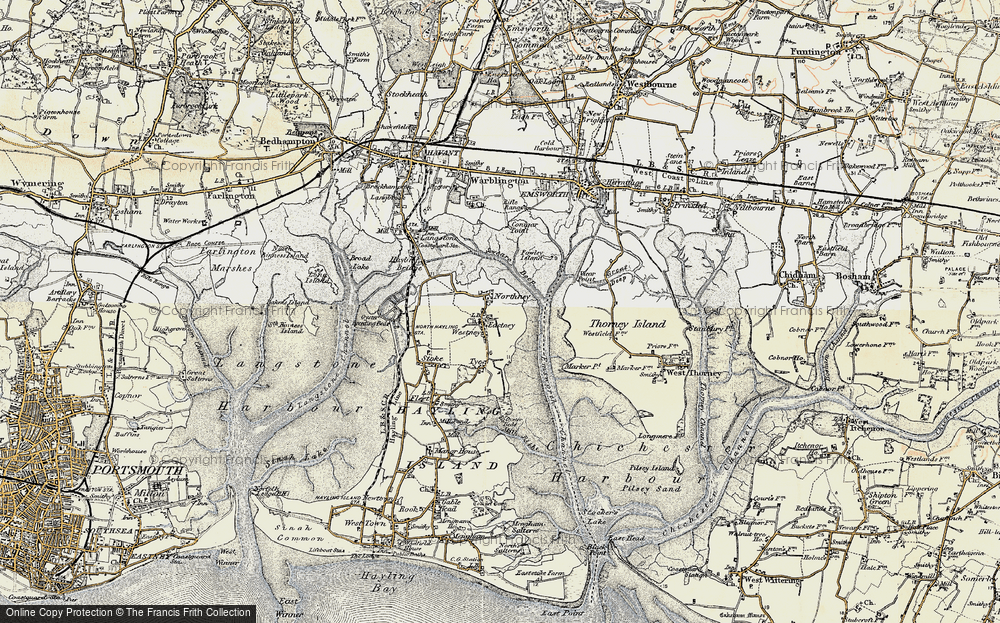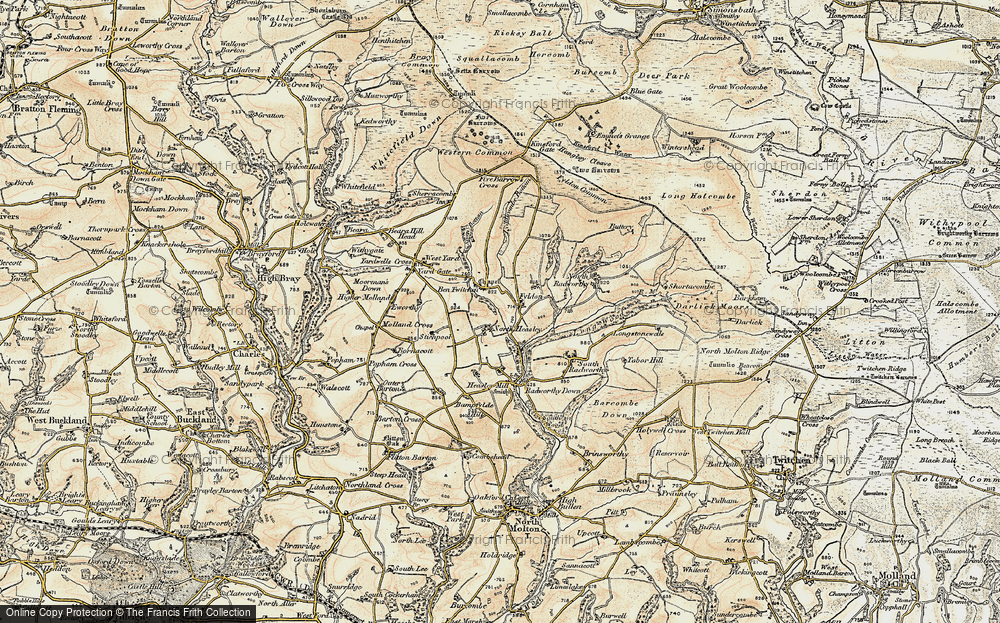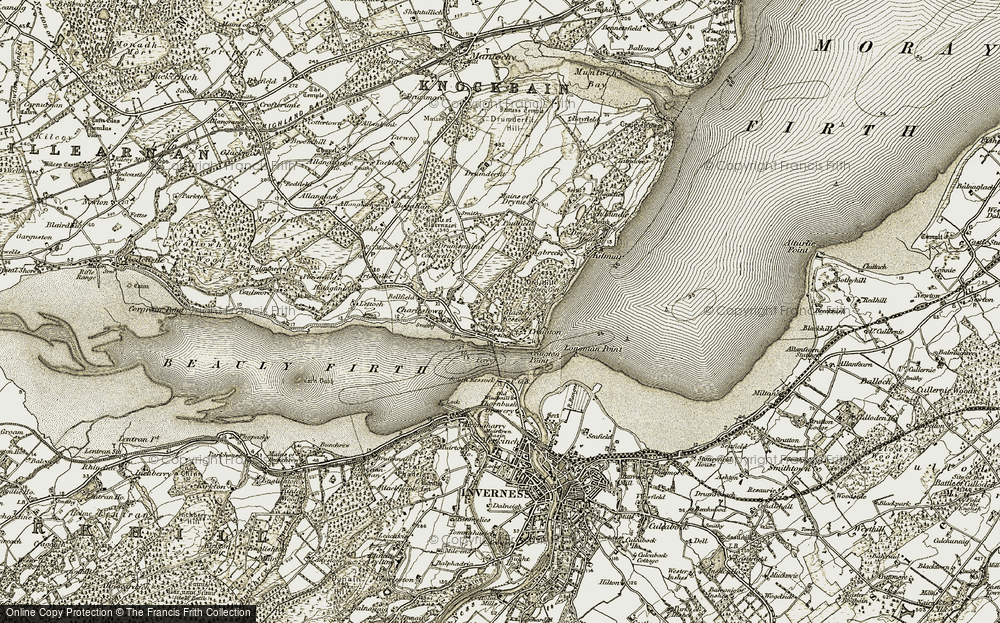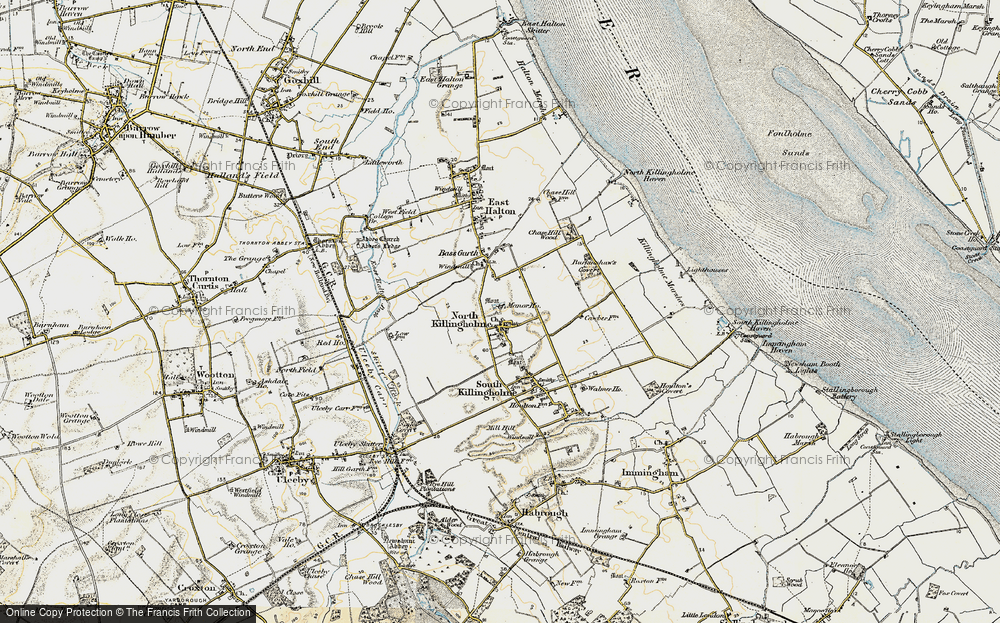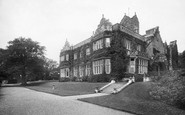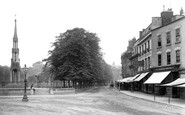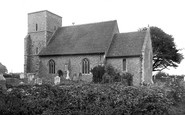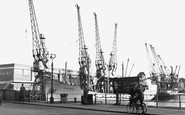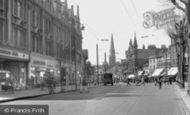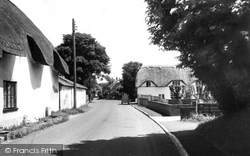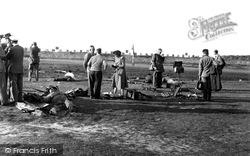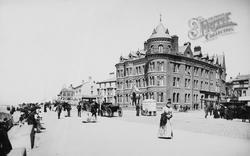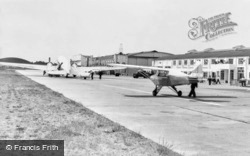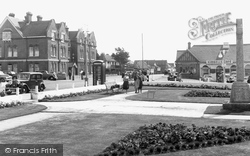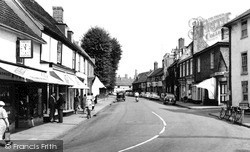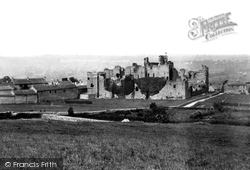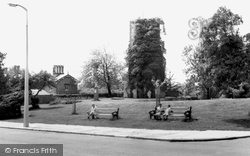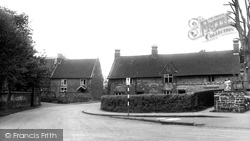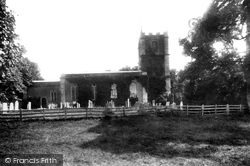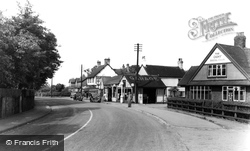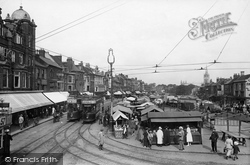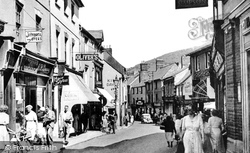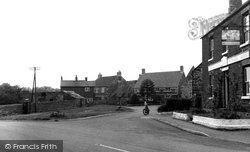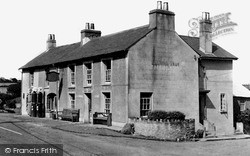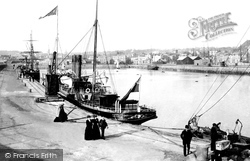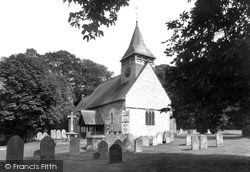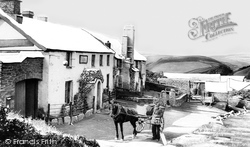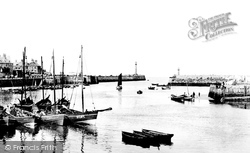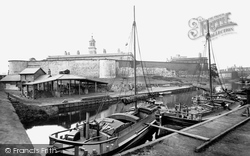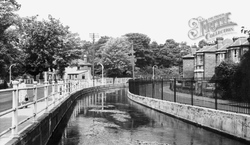Places
Sorry, no places were found that related to your search.
Did you mean: north ness or na h ness or nook ness or nash ness ?
Photos
12 photos found. Showing results 841 to 12.
Maps
9,582 maps found.
Books
29 books found. Showing results 1,009 to 1,032.
Memories
4,582 memories found. Showing results 421 to 430.
Colerne In The Second World War Continued
Those of us at Colerne school who passed our 'scholarship' exam at the age of about eleven usually went on to Chippenham Secondary School, which probably goes under a different name now: it's at ...Read more
A memory of Colerne in 1940 by
1962/63 Best Time Of My Childhood
I can't believe this, amazing even if the names are coincidence, I was at Warnham Court 1962-63, I can remember lots of names: Roy Riggs, with his 'German' dictionary. June Palmer. John Thorp, we ...Read more
A memory of Warnham Court School in 1962 by
Tales Of College Green
This shows College Green and its grand posh upmarket shops, at a time in the past when parking wasn't a problem. Many famous people lived round the Green over the years including Mary Robinson; actress and mistress of the ...Read more
A memory of Bristol by
Sholden Kent Near Deal Kent. 1810 91 Norris Marsh & Berwick Family
George James Norris and his wife Charlotte, nee Halliday, lived at Alders, Sholden with their 5 children in 1891. Miss Sarah Norrice who was living with her mother Ursula at Sholden in ...Read more
A memory of Deal
Bristol City Docks 1989
Two of the cranes were purchased by 'City Dock Ventures' and two by the city council. All four were put into the museums care in 1989. Although the electricity supply to them was cut in 1974, one has been restored and ...Read more
A memory of Bristol in 1989 by
Childhood Memories
Hello, I was born in Builth Wells hospital in 1957, we were living in the village of Tirabad at the time. My uncle and auntie, Ellis and Dot Topliss, plus my cousins also lived here. My father and uncle worked for the forestry ...Read more
A memory of Tirabad in 1957 by
Ealing 1962 Onwards
I moved to Windsor Road in Ealing in 1962 when I was 11. I remember the Grove with fond memories. All the shops! The tailor's shop and the barbers. The sweet shop which always had a bowl of water for the dogs outside in the ...Read more
A memory of Ealing in 1962
My Childhood Garden Part I
My mother has often said to me "You don't appreciate what you've got until you lose it". She is wrong, for I will never forget the wonderful garden of my childhood and write below the memories that I will hold for ...Read more
A memory of Shamley Green in 1954 by
My Childhood Garden Part Ii
Some months later, how long I cannot remember for the passing of time means little to a child, except that it always seemed so long for things to happen; but I found myself again seated in the back seat of another ...Read more
A memory of Shamley Green in 1954 by
My Childhood Garden Part V
Beside the strawberry bed grew a large cooking apple tree that produced enormous green apples. We had a variety of both eating and cooking apple trees in the garden, the fruit from which was harvested and then ...Read more
A memory of Shamley Green in 1954 by
Captions
1,673 captions found. Showing results 1,009 to 1,032.
This is another picturesque Hampshire village, home to a good selection of perfect whitewashed thatched cottages.
There is another village in Bisley - that of the clubhouses and mobile homes found at the National Rifle Association's ranges.
Built close to both the railway station and beach, it quickly became a successful family hotel.
Both Southampton and Eastleigh laid claim to its title; the thorny problem was eventually and diplomatically settled by calling it Southampton (Eastleigh) Airport.
Lee on the Solent grew as a late Victorian development.
The two shops on the left were both Morley's, one a clockmaker's, the other an ironmonger's. The tree is at the east end of the churchyard.
After Neville was killed in battle, another Richard, the Duke of Gloucester, lived here before becoming King Richard III.
A new and bigger church was built on another site (see page 48).
It became yet another of Northamptonshire's boot and shoe manufacturing towns in the later 19th century and was greatly enlarged, with streets of Victorian terrace housing.
The Georgian font is from another church. Hanging inside are paper Virgins' Crowns, each marking a past village spinster or bachelor - the most recent was put up in 1973.
Another centre for socialising is the pub – the building with the white gable end beyond the garage.
Most of the shops on the right have been demolished or modernised, and the double tram track (laid in 1913) is long gone.
Frogmore Street begins near the bank on the right, site of the medieval north gate. The pedestrians walking towards the camera are heading for the High Street and, no doubt, the market.
The Old Plough was opposite but closed in 1948, the licence being transferred to the 'new' Plough.
The hotel later provided another service for travellers – BP petrol from the three tall cylinders by the door (left). The building looks the same today, but it has fewer chimneys.
The photograph shows the alterations that were made to the hall by Colonel Harding: the north wing (right) was rebuilt with a stair turret, and the original stair turret on the south side was raised by
Inside are several striking memorials; one is to pupils of the former public school next door who were killed in the World Wars, while another commemorates all those who contributed to the building
On 5 September 1890, 'Lynx' was rammed by the tanker 'Oevelgonne', which did not stop - she was subsequently arrested on a visit to Falmouth.
Both of them managed to preserve their roodloft, unlike most of Hampshire's churches, which lost them during the Reformation. The church has a bell turret and two windows containing Tudor glass.
The advent of parcel post in 1883, and the right of delivery to every household introduced in 1897, would have increased both the weight of the postmans sack and the length of his round.
Clothes are drying sluggishly behind the figures on the right-hand jetty. Just eleven years later the railway came to Whitby, altering trading patterns completely.
Two more were built after one another; the second was washed away by floods.
In 1908 another historian recorded that 'many modern red-brick cottages are now in process of building to supply the needs of the men who are employed in the Eastleigh Railway Works'.
Towyn (or Tywyn) means both 'an extent of land' and 'a thing that shines', a good description of the sand and marsh around the town.
Places (0)
Photos (12)
Memories (4582)
Books (29)
Maps (9582)


